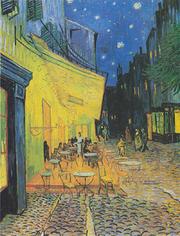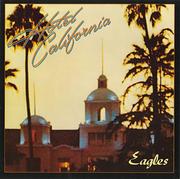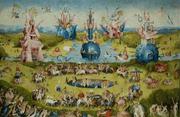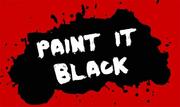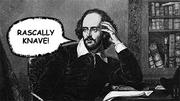Meaning of Radiohead's Kid A "Bear" Art: Inspired by Charles Burchfield?
BY K Shabi PUBLISHED 12 Jul 2016
What is the story and the secret meaning of the mysterious Radiohead bear logo? Ever since it first appeared on some supplemental artwork associated with Radiohead's fourth album Kid A (2000), the Radiohead bear has almost evolved into a symbol of the band itself, reproduced on W.A.S.T.E. band merchandise including T-shirts, posters and even bumper stickers. Where did the idea of the bear art come from? Radiohead artist Stanley Donwood maybe have been inspired by some early sketches and drawings of Charles Burchfield, an American watercolor painter.

The Origins of the Radiohead Bear
A long-running fan favorite, the Radiohead bear logo never appeared on any official album artwork, but showed up in various incarnations via supplemental promotional videos, art and graphics on the Radiohead.com website throughout the early 2000s. The bear imagery was even evoked through the title of the instrumental track "Hunting Bears" on Kid A's follow-up album, Amnesiac (2001). Though the Radiohead bear comes in many forms and variations, it always features the same carnivorous grin, perched ears, and large unblinking eyes.

GMO Bear: Genetically Modified Radiohead Bear?
Radiohead's bear head logo has been known by several names over the years: "Modified Bear," "Despot Bear," "Hunting Bear," and "Blinky Bear," amongst others. While the term "Modified Bear" seems to originate from a cartoon strip about genetically modified bears published on Radiohead.com around the time of the Kid A release, the Radiohead bear may have also been "modified" and adapted from the work of another artist. Talk about a GMO bear! For the record, this wouldn't be the first time Radiohead has secretly referenced another artist.
So what are the origins and history of the Radiohead bear illustration? On close inspection, Radiohead's logo remarkably resembles a charcoal, crayon and pencil sketch titled "Tree Like a Grinning Skull and the First Spring-Beauty" by American nature artist Charles Burchfield circa 1919. Though the title ironically refers to the new life and colorful growth associated with springtime, Burchfield's black and white sketch seems almost like a memento mori of death. In the sketch, a cavernous, ghostly white tree balloons up before a dark, stormy sky. As in his house paintings, Burchfield gives the tree an uncanny life via anthropomorphic features, with holes in the canopy resembling a "grinning" skull face.

Similarities Between the Radiohead Bear & The Burchfield Tree
In comparison, the Radiohead bear almost looks like it could have been drawn by Charles Burchfield himself. The face of the Radiohead bear is strikingly similar to Burchfield's tree, sharing the same reptilian eyes, perched ears, and pointy teeth. Though the Radiohead bear was later simplified into an easily reproduced logo format, the stippling effects in earlier line drawings of the creature bear even more of a resemblance to Burchfield's sketch (above).
Radiohead Bear Meaning
The "Tree Like a Grinning Skull" sketch is reminiscent of much of Burchfield's art work during this time period. In both his house paintings and nature art, Burchfield tends to imbue an otherworldly and often unsettling energy into landscapes that usually feel safe and in some cases even boring. Burchfield's artistic ability to transform the mundane into something uncanny and even threatening very well may have inspired Stanley Donwood and Thom Yorke, who are also known to draw out the fiercer, more primitive aspects of modern day society in their work with Radiohead.
What do you think? Was the Radiohead bear inspired by Charles Burchfield?


